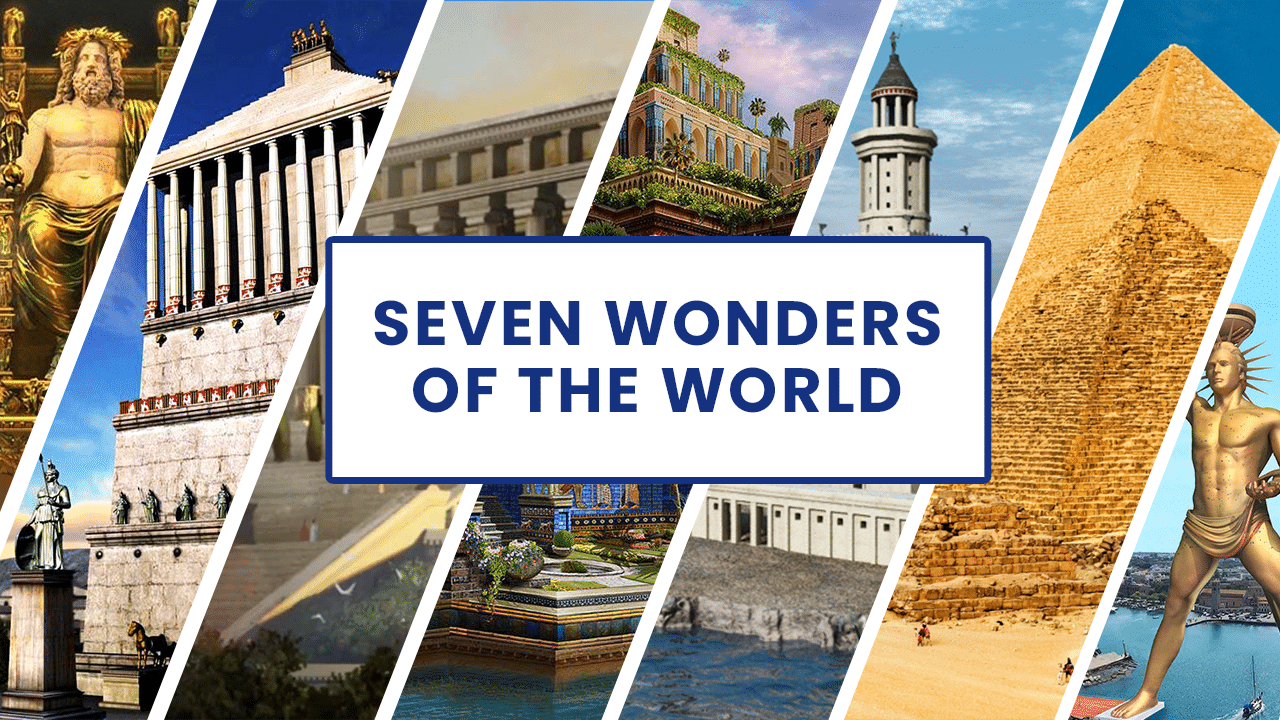To catalogue the most spectacular natural features and man-made monuments in the world, numerous lists of the Wonders of the World have been compiled from antiquity to the present.
- The Colosseum
- The Great Wall of China
- Petra
- Christ the Redeemer
- Machu Picchu
- The Taj Mahal
- Chichen Itza
The Seven Wonders of the Ancient World is the earliest list of its kind known to exist. It lists the most amazing man-made structures from classical antiquity. Because it was based on travel guides widely used by Hellenic tourists, it only includes structures found in the ancient Near East and along the Coast. Given that there were five known planets in ancient times, plus the Sun and Moon, the number seven was chosen because the Greeks thought it symbolised abundance and perfection.
1. The Colosseum
The Colosseum is an oval amphitheatre in the centre of the city of Rome, Italy, just east of the Roman Forum. Despite its age, it is still the largest amphitheatre in existence today that was ever constructed in ancient. Vespasian (reigned 69–79 AD) ordered construction to start in 72, and Titus, his successor and heir, ordered it to be finished in 80 AD (r. 79–81). During Domitian’s rule, additional alterations were performed (r. 81–96). Later classicists and archaeologists gave the amphitheatre the name Flavian Amphitheatre because it is associated with the Flavian dynasty, the three emperors who sponsored the construction (Flavius).
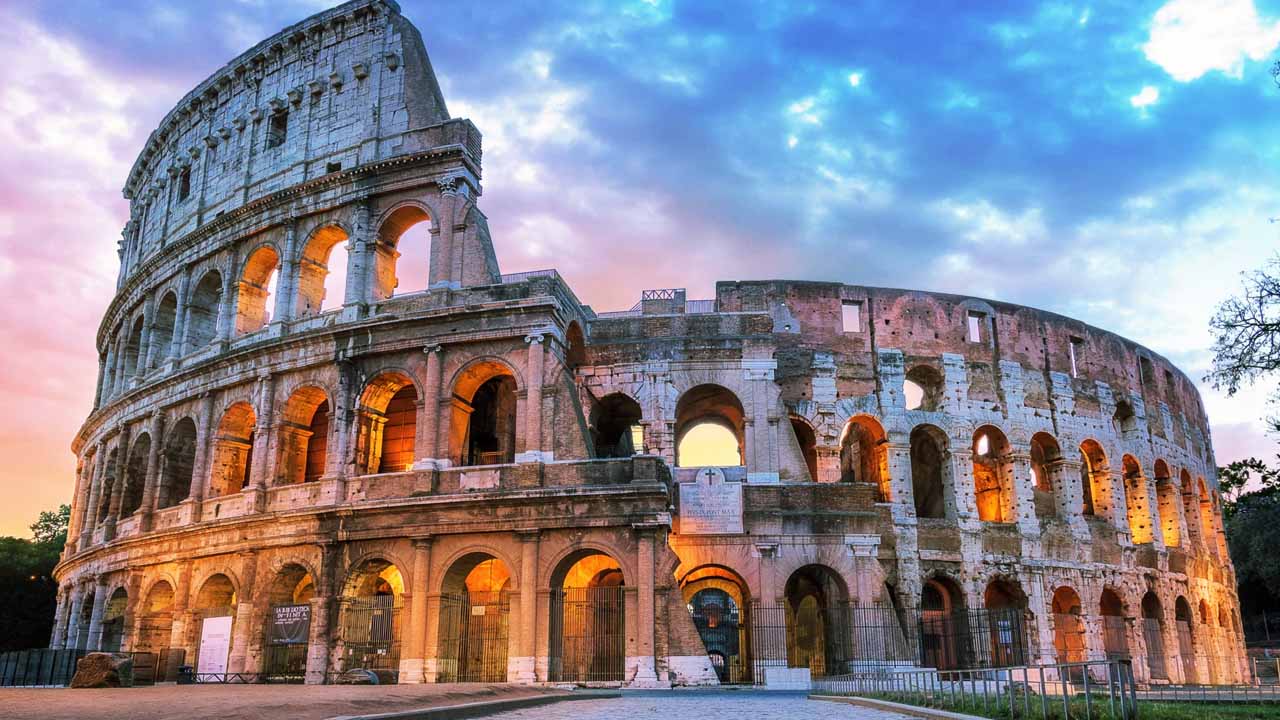
Travertine limestone, tuff (volcanic rock), and brick-faced concrete were used to construct the Colosseum. It was used for gladiatorial contests and public spectacles like animal hunts, executions, re-enactments of famous battles, dramas based on Roman mythology, and briefly mock sea battles. It could hold an estimated 50,000 to 80,000 spectators at various points in its history, with an average audience of about 65,000. In the early mediaeval period, the structure stopped being used for entertainment. Later, it was utilised again for things like homes, workshops, religious order apartments, a castle, a quarry, and a Christian shrine.
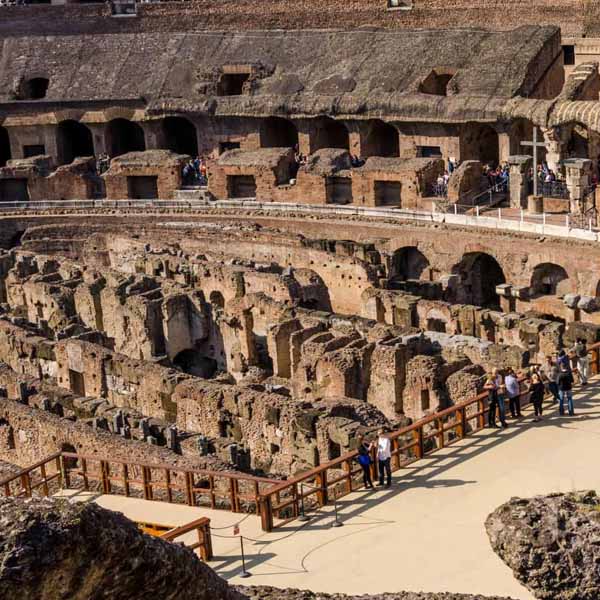
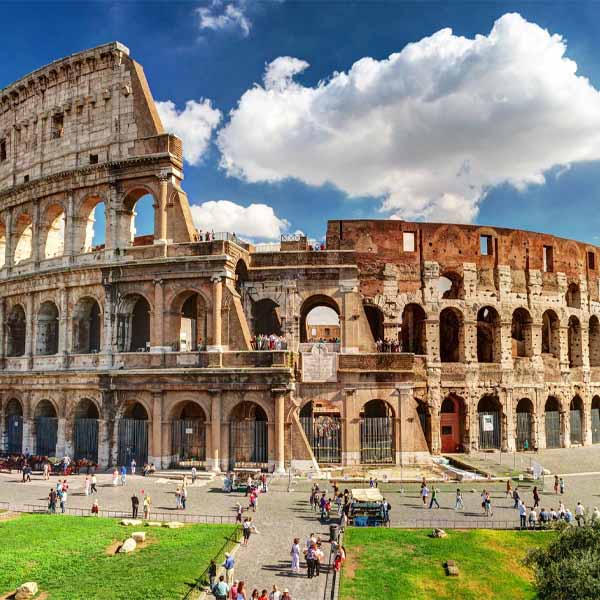
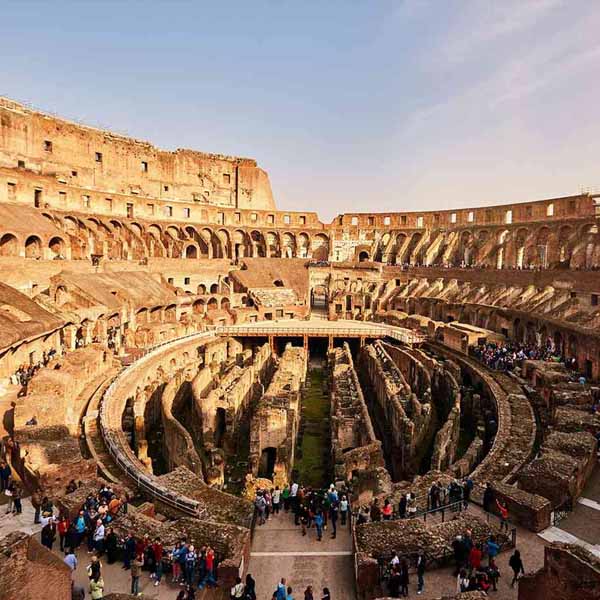
The Colosseum, one of the New 7 Wonders of the World, is still a recognisable picture of Imperial Rome despite being significantly damaged by earthquakes and stone criminals taking spolia. One of Rome’s top tourist destinations, it also has connections to the Roman Catholic Church because every Good Friday, the Pope leads a procession known as the “Way of the Cross” that starts near the Colosseum. The five-cent euro coin for Italy has a picture of the Colosseum.
2. The Great Wall of China
As a defence against numerous nomadic groups from the Eurasian Steppe, the Great Wall of China is a system of fortifications that were built along the historical northern borders of ancient Chinese states and Imperial China. Early walls date to the 7th century BC, and Qin Shi Huang, the first emperor of China (220–206 BC), later added certain stretches. The Qin wall is largely gone. Later, other succeeding dynasties constructed and kept up numerous sections of border walls. The Ming dynasty constructed the wall’s most well-known parts (1368–1644).
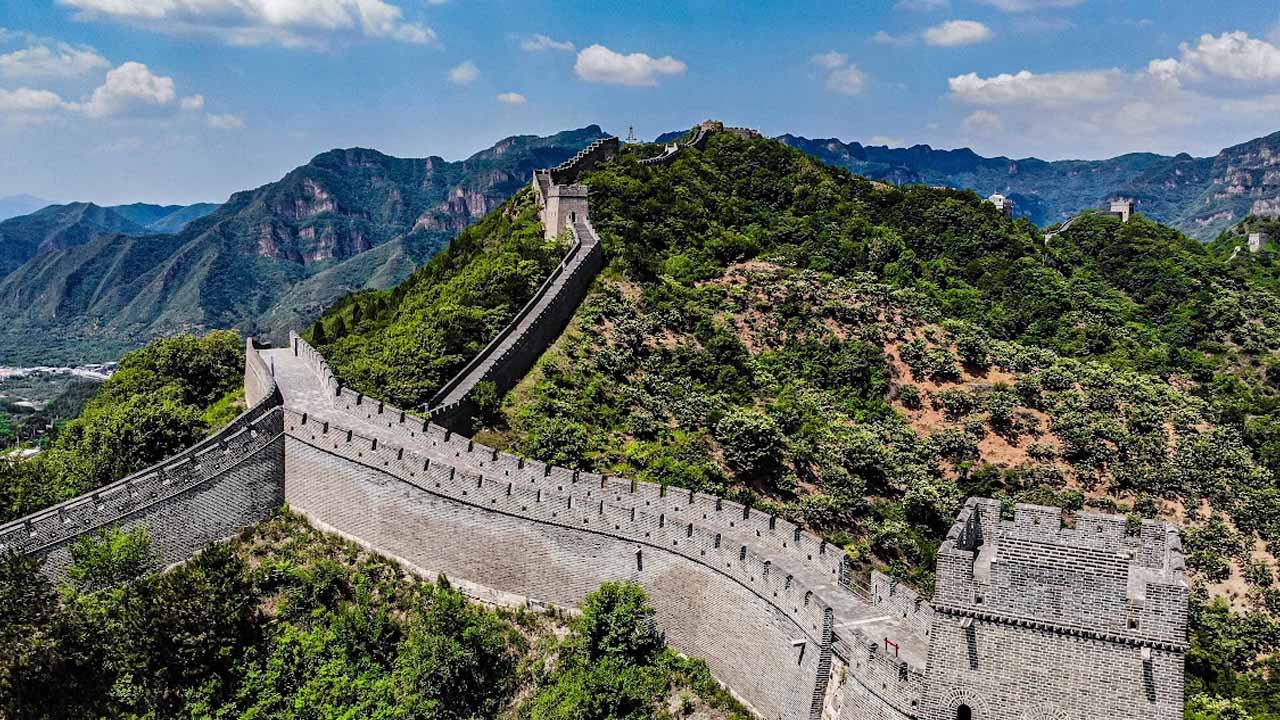
In addition to providing defence, the Great Wall served additional objectives such as regulating borders, allowing taxes to be levied on goods travelling along the Silk Road, regulating or promoting trade, and managing immigration and emigration. The addition of watchtowers, troop barracks, garrison stations, the ability to signal with smoke or fire, and the fact that the Great Wall’s route functioned as a transportation corridor all contributed to the Great Wall’s increased defensive capabilities.
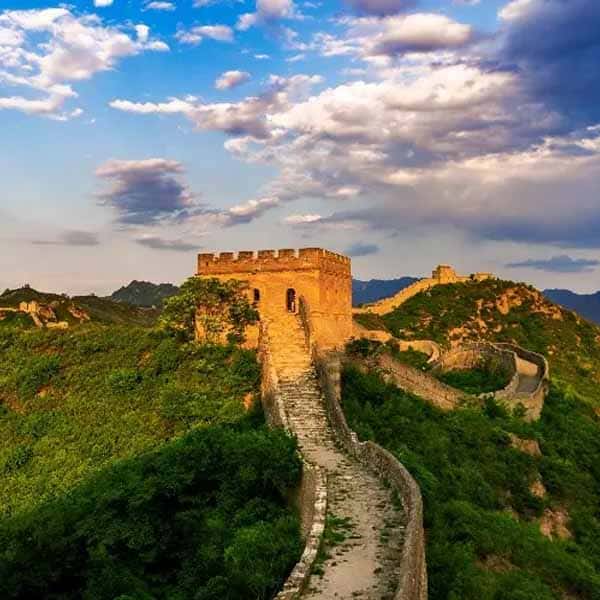
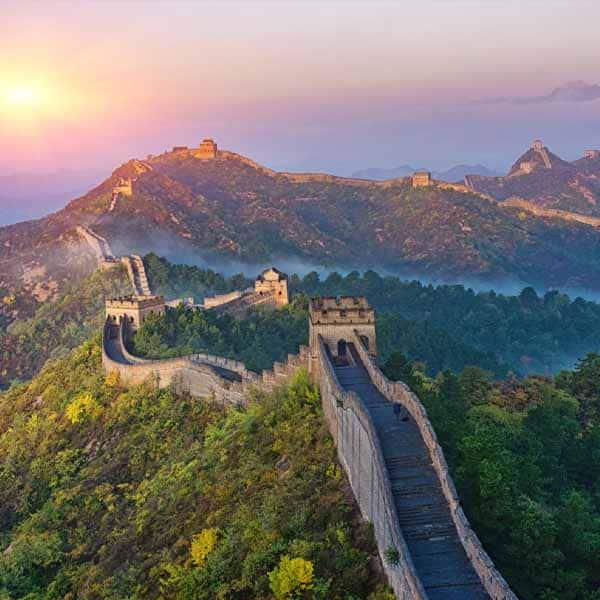
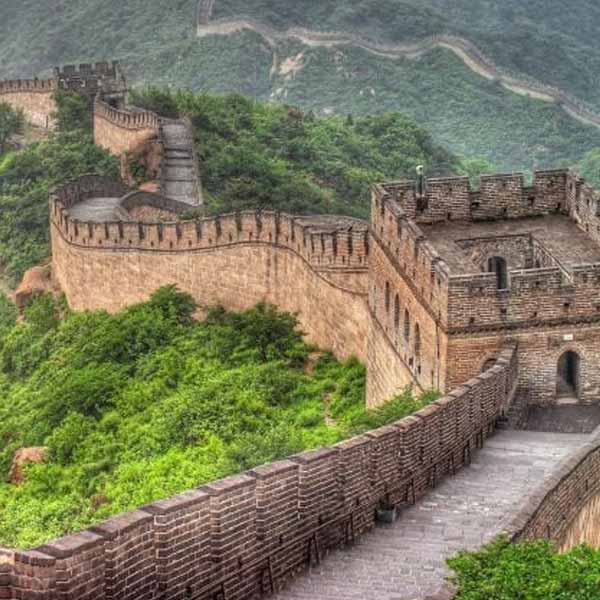
Distinct dynasties built different courses of border walls. They cover a total distance of 21,196.18 km (13,170.70 mi), extending from Liaodong in the east to Lop Lake in the west, from the current Sino-Russian boundary in the north to Tao River (Taohe) in the south, along an arc that roughly delineates the edge of the Mongolian steppe. The Great Wall’s defence system is now regarded as one of history’s most spectacular architectural achievements.
3. Petra
Petra is half-built, half-carved into the rock, and is surrounded by mountains riddled with passages and gorges. It is one of the most well-known archaeological sites in the world, where Hellenistic and ancient Eastern architectural styles coexist.
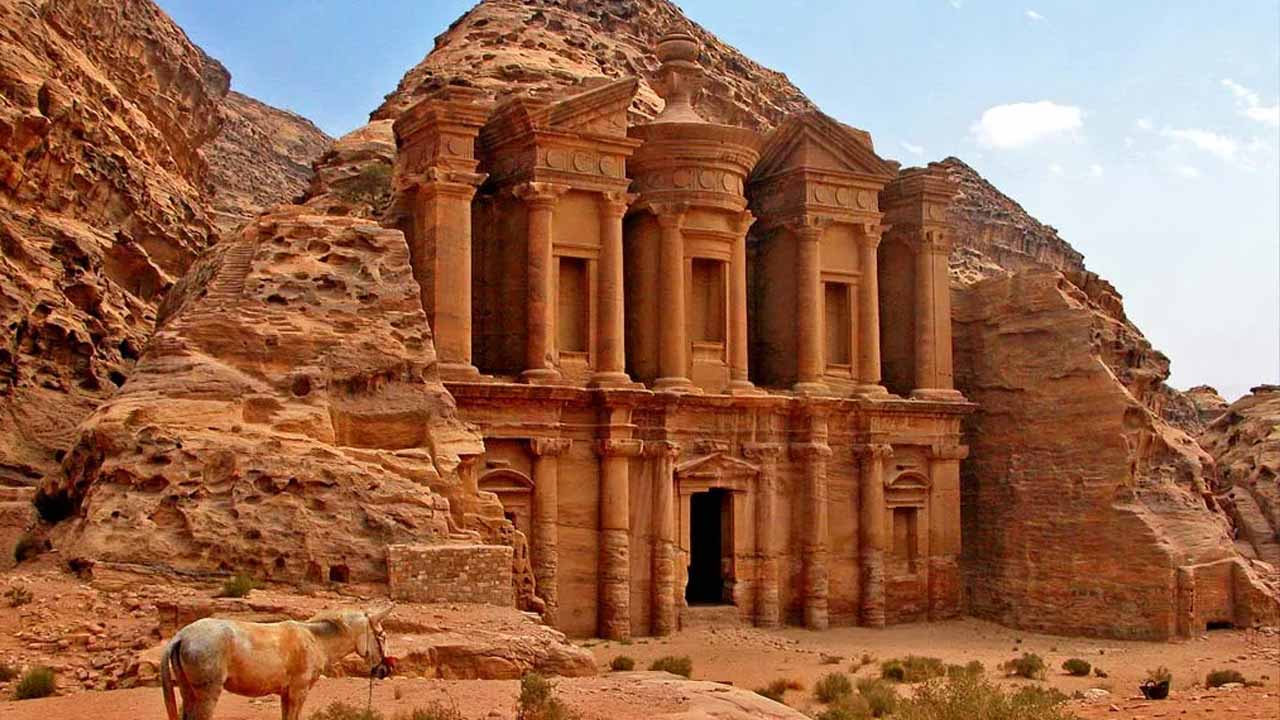
Petra, is a historic and archaeological city in southern Jordan. In a basin surrounded by mountains that forms the eastern flank of the Arabah valley, which runs from the Dead Sea to the Gulf of Aqaba, it is next to the mountain of Jabal Al-Madbah. As far back as 7000 BC, people have lived in the region around Petra, and as early as the 4th century BC, the Nabataeans may have founded what would eventually become their kingdom’s capital. Only Nabataean presence evidence from the second century BC onwards has been uncovered by archaeology, by which time Petra had become their city. Due to Petra’s closeness to the incense trade routes, the Nabataeans, a group of Arab tribes, invested in making it a significant regional commerce hub.
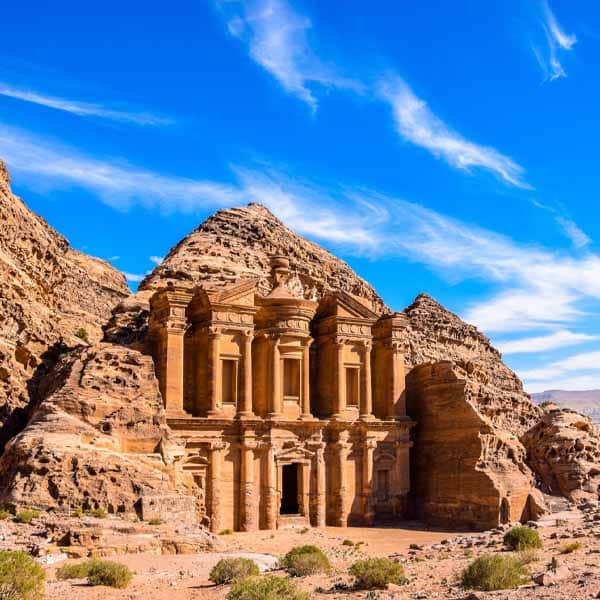
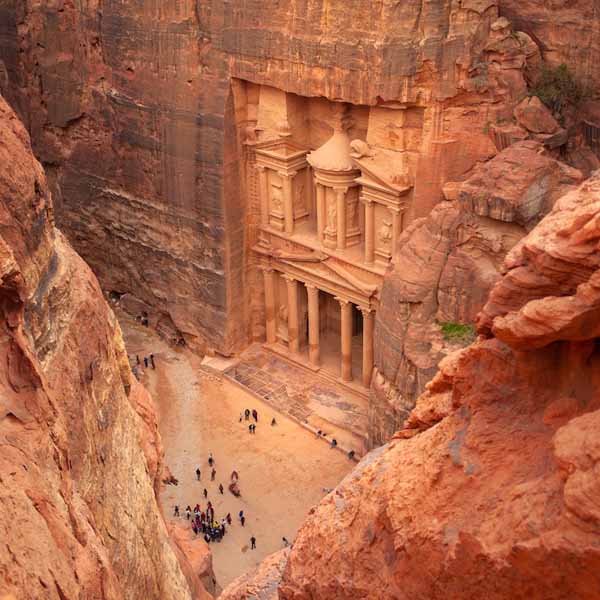
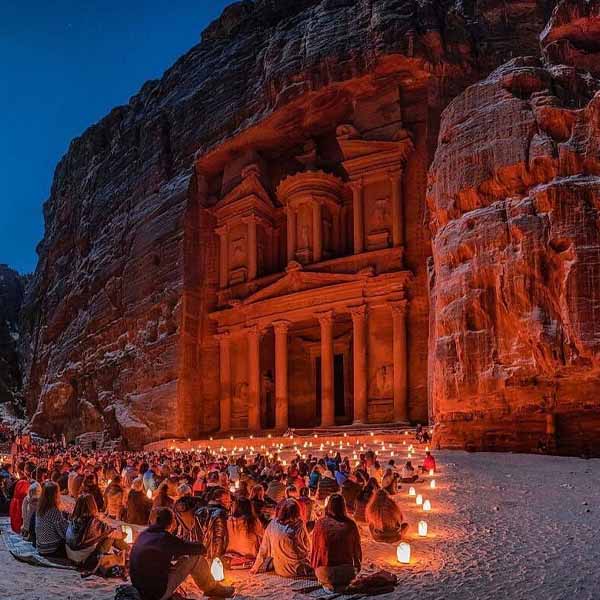
Petra The rock-cut capital of the Nabateans, situated between the Red Sea and the Dead Sea and inhabited since prehistoric times, developed into a significant caravan hub for the incense of Arabia, the silks of China, and the spices of India during Hellenistic and Roman times, acting as a crossroads between Arabia, Egypt, and Syria-Phoenicia. Half-built and partially carved into the rock, Petra is encircled by mountains that are laced with tunnels and valleys. During the Nabataean, Roman, and Byzantine eras, a sophisticated water management system allowed for substantial habitation of a largely desert region. It is one of the richest and biggest archaeological sites in the world, situated in a region dominated by red sandstone.
4. Christ the Redeemer
The statue, which is also the largest Art Deco-style sculpture on the earth and the fourth-largest Jesus Christ figure in the world, was named one of the New Seven Wonders of the World in 2007 with Machu Picchu, the Great Wall of China, and the Roman Colosseum.
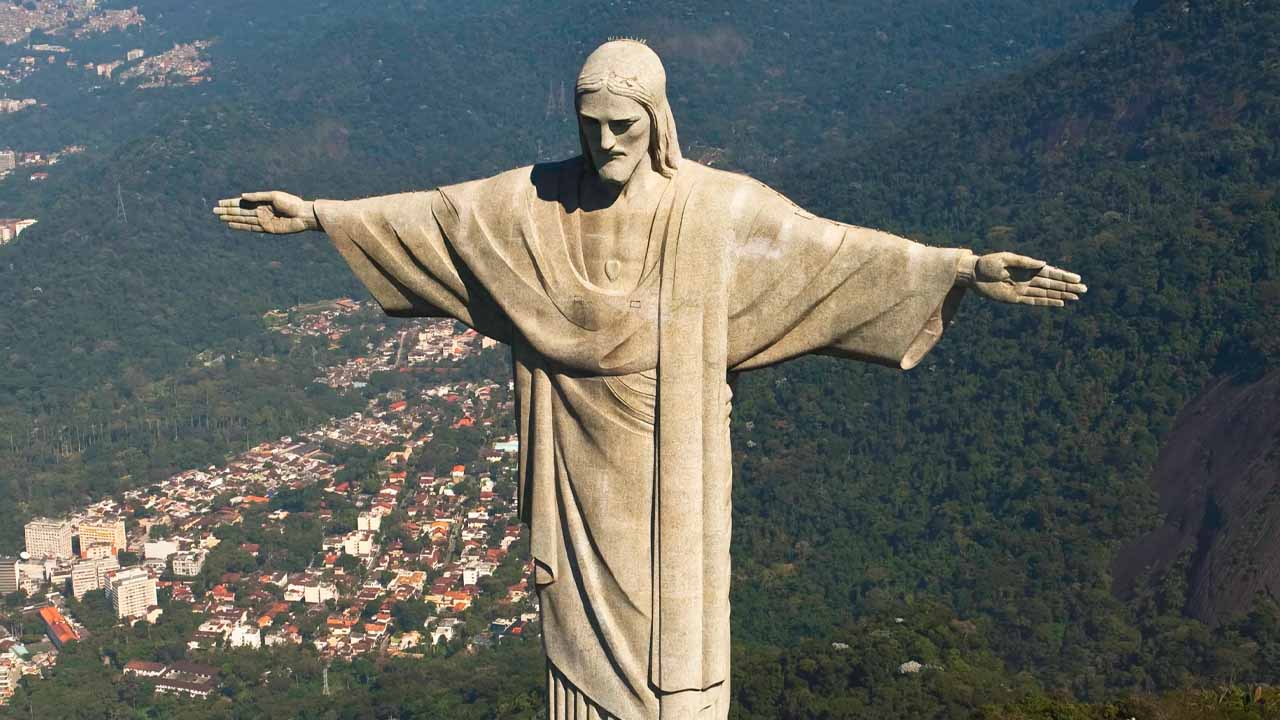
The Art Deco statue of Jesus Christ known as Christ the Redeemer was built in Rio de Janeiro, Brazil, by Brazilian engineer Heitor da Silva Costa and French engineer Albert Caquot. It was designed by French sculptor Paul Landowski. The face was created by Romanian sculptor Gheorghe Leonida. Including its 8-metre (26-foot) pedestal, the monument is 30 metres (98 feet) high. There are 28 metres between the arms. It is constructed from soapstone and reinforced concrete.
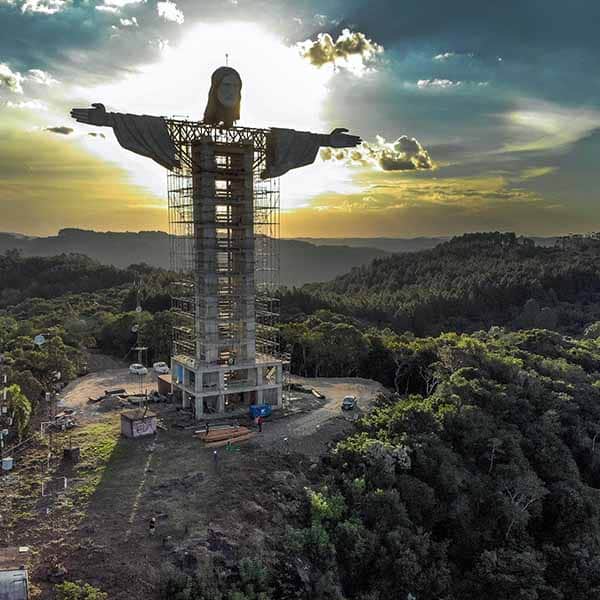
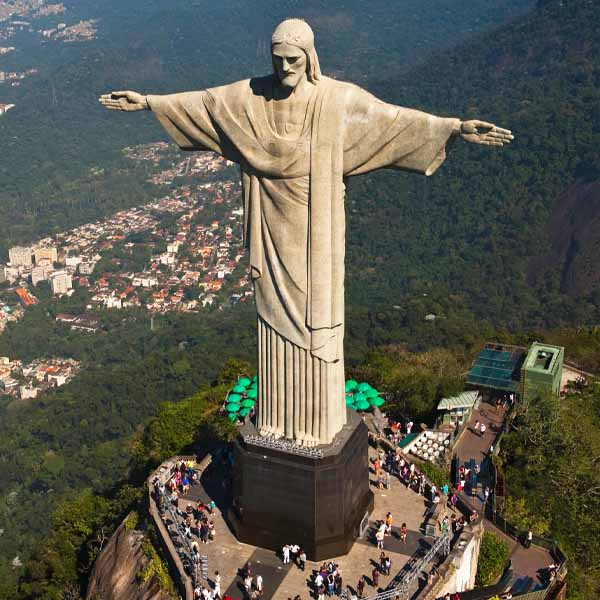
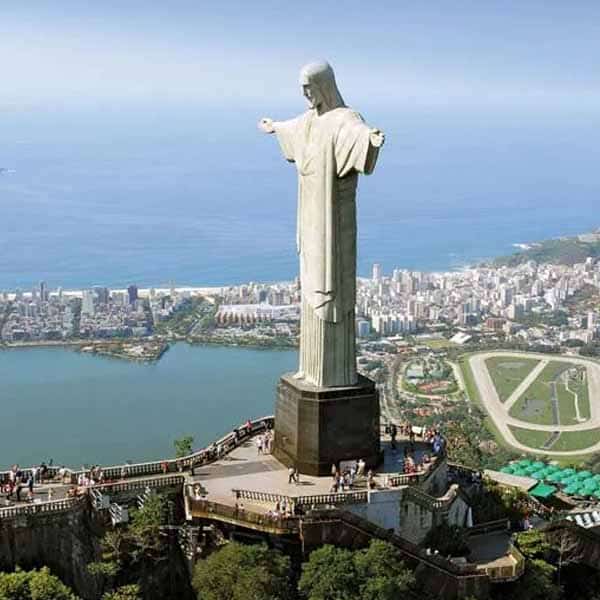
The original concept for Christ the Redeemer featured a large Christ holding a globe in one hand and a cross in the other, but the final product is very different. The project organisers initially approved the concept, but it was later changed to the current statue with the arms outstretched. The statue, which stands at the top of Rio de Janeiro’s Corcovado mountain, which rises to a height of 700 metres (2,300 feet), weighs 635 metric tonnes (625 long tonnes, 700 short tonnes). The statue serves as a global emblem of Christianity and a cultural landmark for Rio de Janeiro and Brazil.
5. Machu Picchu
Machu Picchu is a 15th-century Inca citadel located in the Eastern Cordillera of southern Peru on a 2,430-meter (7,970 ft) mountain ridge. It is the most well-known representation of the Inca Empire and is frequently referred to as the “Lost City of the Incas.” Machu Picchu is situated 80 kilometres (50 miles) northwest of Cusco in the Machupicchu District of the Urubamba Province, above the Sacred Valley. It is passed by the Urubamba River, which cuts through the Cordillera to form a canyon with a tropical mountain environment.
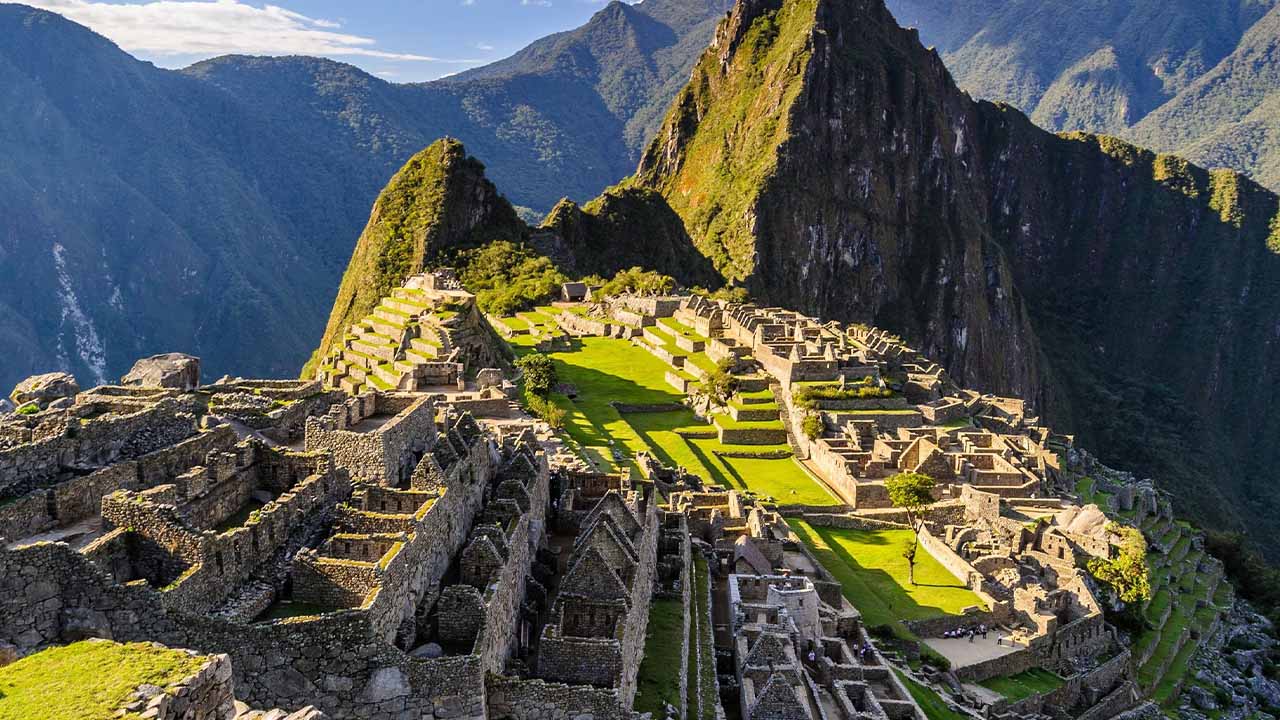
There are no written records of the site when it was in use because the Inca culture had no written language and, as far as is known, no Europeans visited the location until the 19th century. On the basis of physical evidence, such as tombs at the site, modern archaeologists have created the names of the buildings, their alleged uses, and their people. The majority of modern archaeologists agree that Machu Picchu was built as a residence for the Inca ruler Pachacuti (1438–1472). The latest AMS radiocarbon date indicates that it was inhabited between roughly 1420 and 1532. The site, which is located on the smaller mountain of the same name, is thought to have been known by the Inca empire as Huayna Picchu, according to historical research released in 2022.
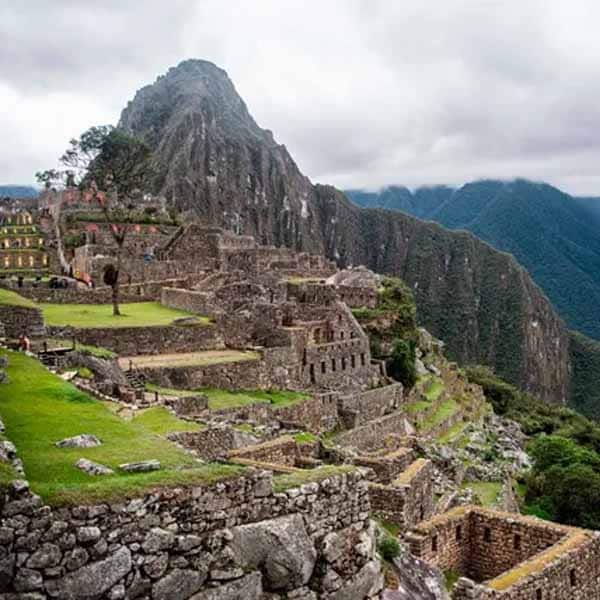
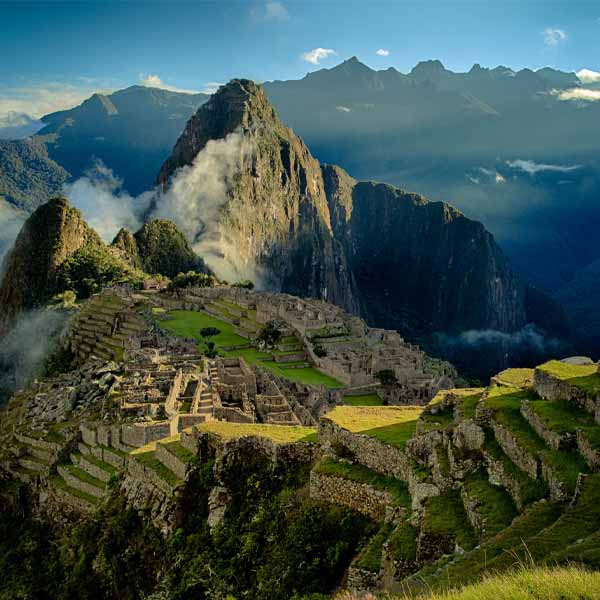
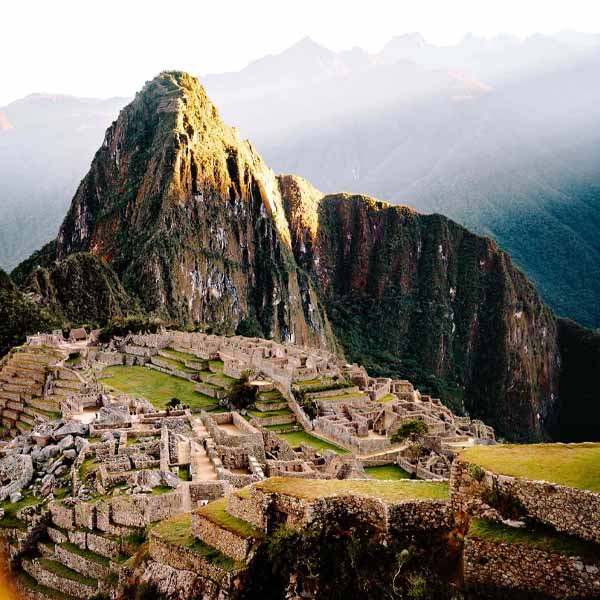
Machu Picchu was constructed with polished dry-stone walls in the traditional Inca manner. The Intihuatana, the Sun Temple, and the Room of the Three Windows are its three main buildings. The majority of the outlying buildings have been rebuilt to better convey their original appearance to tourists. 30% of Machu Picchu had been restored by 1976, and restoration work is ongoing.
6. The Taj Mahal
The Taj Mahal is an Islamic ivory-white marble mausoleum on the right bank of the river Yamuna in the Indian city of Agra. It was built in 1631 at the request of Mughal emperor Shah Jahan (reigned 1628–1658), who wanted to house the burial of Mumtaz Mahal, his favourite wife. It also contains Shah Jahan’s own tomb. The tomb is the focal point of a 17-hectare (42-acre) complex that also contains a mosque and a guest house. The complex is surrounded on three sides by a crenellated wall and is located in formal gardens.
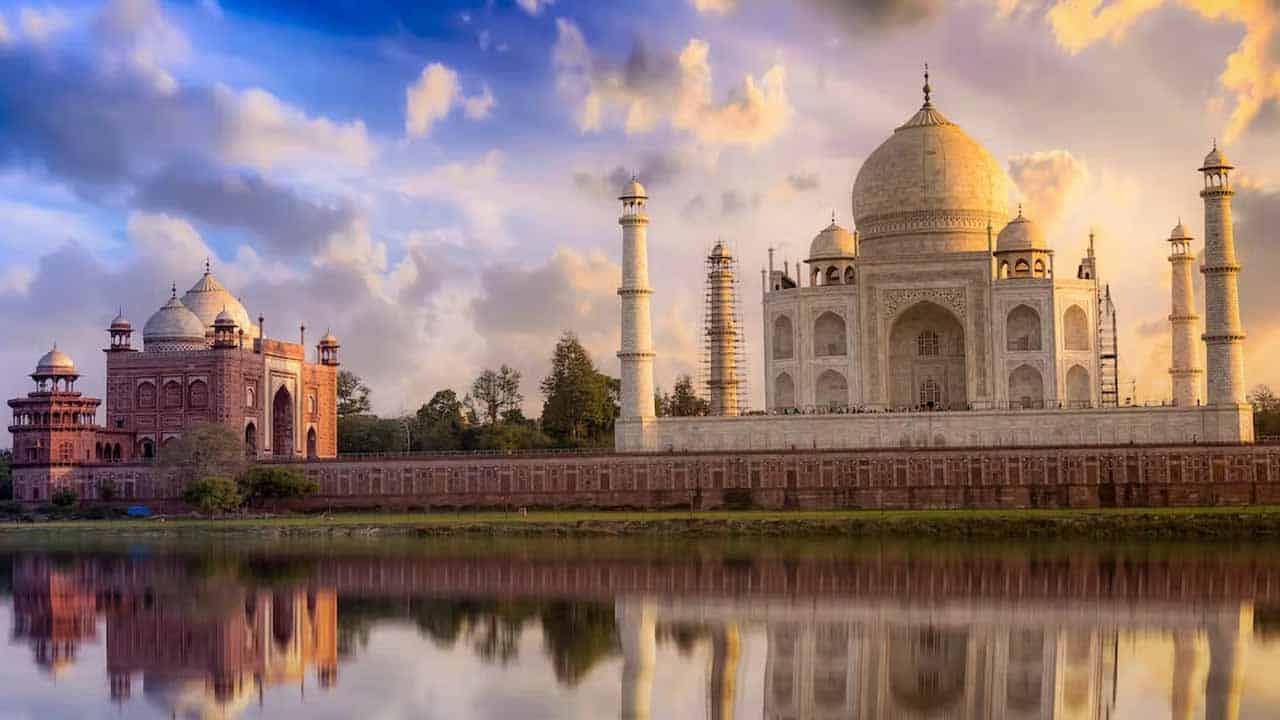
Although the mausoleum’s construction was substantially finished in 1643, other project phases required a further 10 years of work. The Taj Mahal complex is thought to have been finished in its entirety in 1653 at a cost estimated at the time to be around 32 million rupees, or roughly 70 billion rupees (almost $1 billion) in modern currency. A board of architects chaired by Ustad Ahmad Lahauri, the emperor’s court architect, oversaw the construction project, which employed some 20,000 workers. The Taj uses a variety of symbolism to reflect the divine and the beauty of nature.
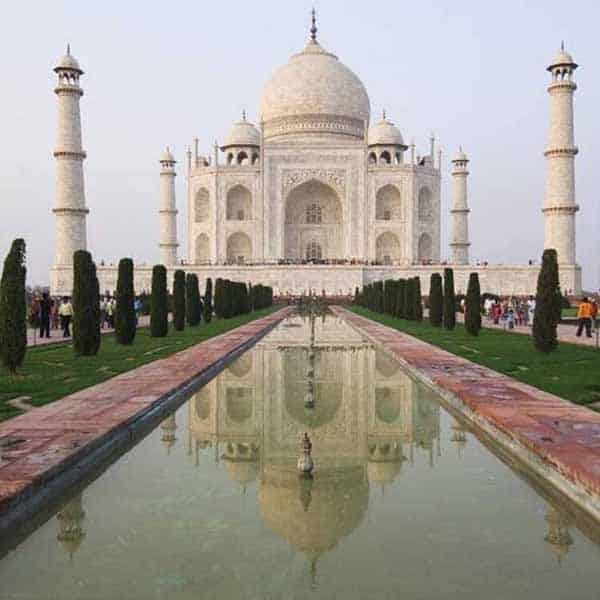
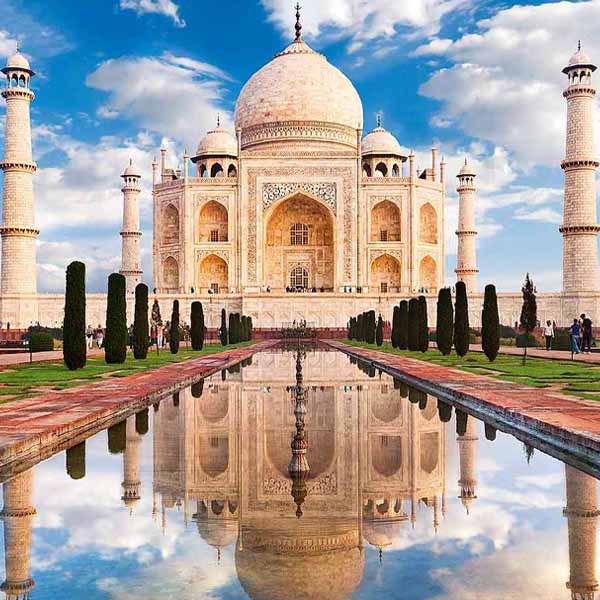
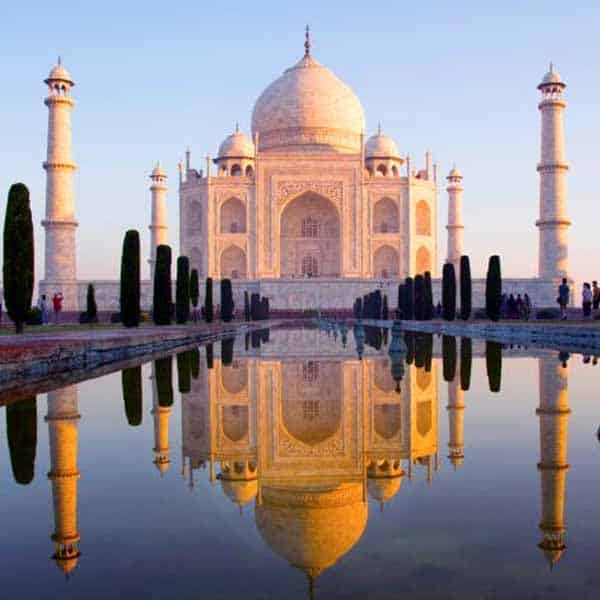
In 1983, the Taj Mahal was named a UNESCO World Heritage Site in recognition of its status as “the jewel of Muslim art in India and one of the most beloved works of art in human history.” Many people believe it to be the finest example of Mughal architecture and a representation of India’s long history. More than 6 million people visit the Taj Mahal each year, and it was chosen as one of the New 7 Wonders of the World in 2007.
7. Chichen Itza
Chichen Itza was a large pre-Columbian city built by the Maya people of the Terminal Classic period. The archaeological site is located in Tinúm Municipality, Yucatán State, Mexico.
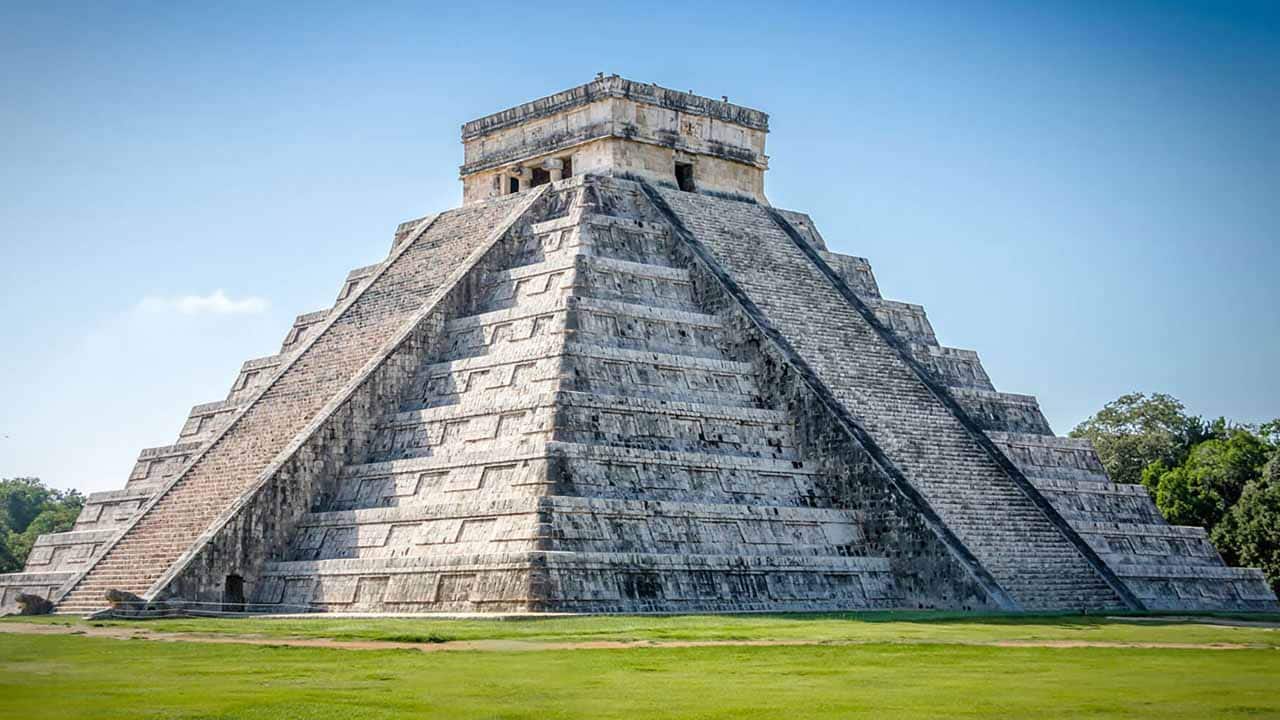
From the Late Classic (c. AD 600-900) to the Terminal Classic (c. AD 800-900) and into the early Postclassic period, Chichen Itza was a significant centre in the Northern Maya Lowlands. The site features a wide variety of architectural styles, including Puuc and Chene’s forms of the Northern Maya lowlands as well as those present in central Mexico. Although it was originally believed that the presence of central Mexican forms was indicative of direct migration from central Mexico or even of conquest, most modern interpretations see the presence of these non-Maya styles as being more the consequence of cultural dispersion.
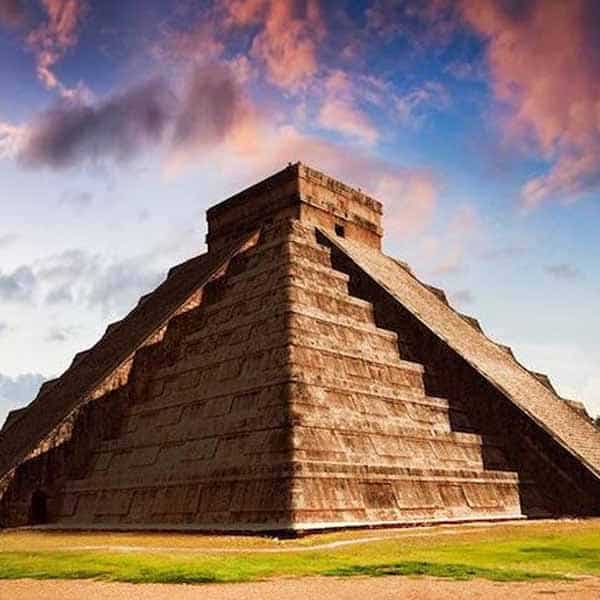
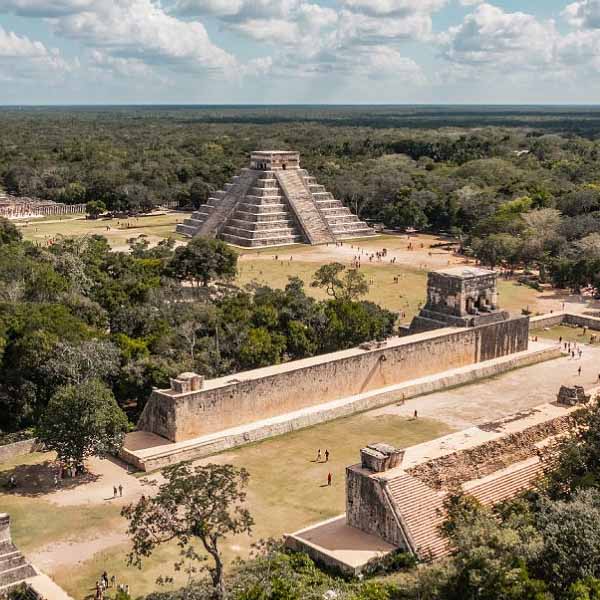
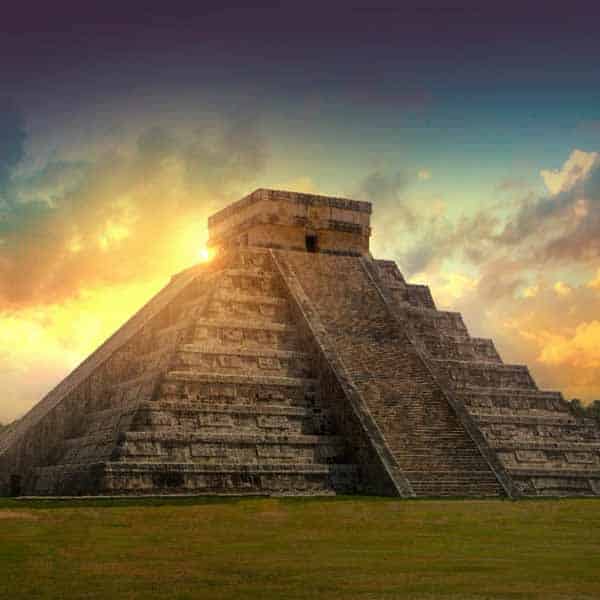
One of the biggest Maya cities, Chichen Itza was probably one of the mythical great cities, or Tollans, that were mentioned in later Mesoamerican literature. The city may have possessed the most ethnically and racially diversified population in the Maya world, which may have led to the site’s variety of architectural styles.
The Chichen Itza Ruins are on federal property, and the Instituto Nacional de Antropologa e Historia of Mexico is responsible for site maintenance (National Institute of Anthropology and History). Before the state of Yucatán made the acquisition on March 29, 2010, the property beneath the monuments was privately owned. With more than 2.6 million visitors annually, Chichen Itza is one of Mexico’s most popular archaeological sites.
